Anomabo Castle
Following the British Government making available funds for the construction of a new trading fort in Ghana in 1753, Fort William was completed by 1757. It was built on hard rock near a sandy beach indentation with a sheltered harbour.
Fort William replaced a fortress that was built by the English in 1674 [Fort Charles] and destroyed in 1731 to prevent it from being taken over and used by other European companies. The English then hurried to construct Fort William.
Almost all of the Fort William was built using local materials. A dark fact of Fort Wiliam were the large prison facilities built into the fort specifically used for holding slaves before transporting them overseas.
The English provided the fort with a large amount of canons. Despite the armour available, it was attacked by the French in 1794 and years later, after being besieged by the Asantes in 1806, it was handed over.
Since then, the Fort had served as a rest house, post office and a state prison. Today Fort William is used as a community library.
The opening hours are 09:00 to 16:30.

The Ghana Museums and Monuments Board is the legal custodian of Ghana's material cultural heritage. It was established in March 1957 – on the eve of Ghana's independence - as a result of the merger of the then interim Council of the National Museum of the Gold Coast and the Monuments and Relics Commission.





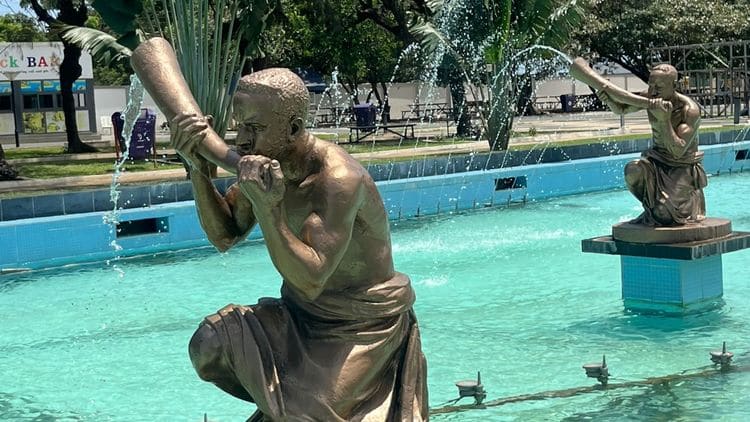
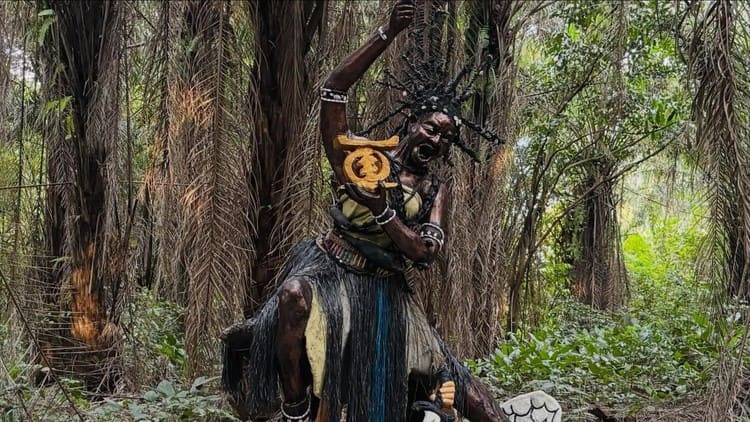

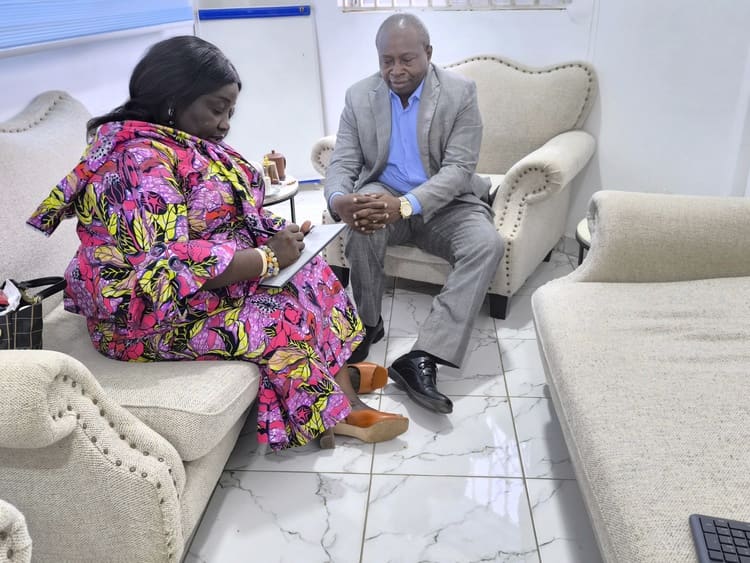
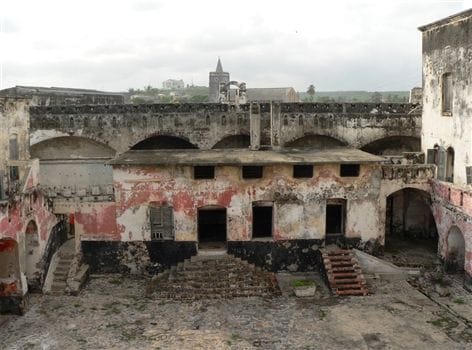
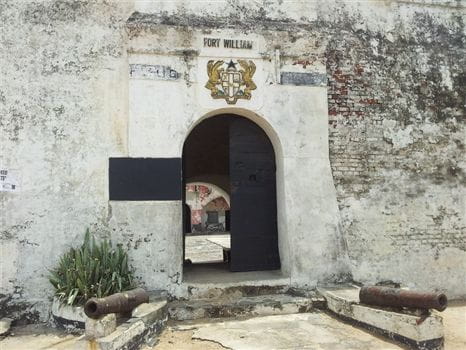
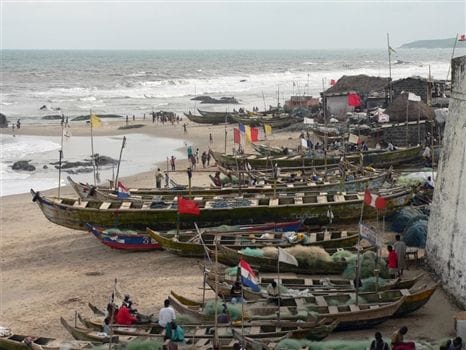

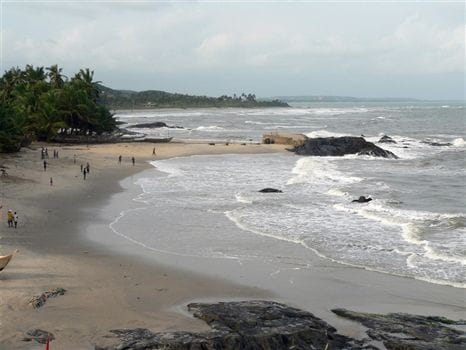

Comments